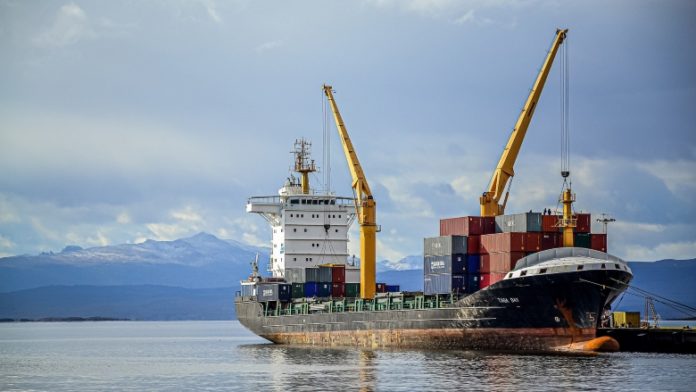The 380 CST East-West spread — the difference between the 380 CST FOB Singapore HSFO swap and the 380 CST FOB Rotterdam barge swap — reached its highest level in over five months due to a surge in cargo volumes in the Asian hub and increased demand for high sulfur fuel oil in Rotterdam, driven by heightened bunkering activity and power generation.
The Platts-assessed front-month 380 CST East-West swap surged $8.75/mt, or 129.63%, on the month, to $15.50/mt at the April 15 Asian close — the highest since reaching $15.75/mt on Nov. 10, 2023, S&P Global Commodity Insights data showed.
The Asian HSFO market fundamentals have been under pressure over the past couple of months amid very ample stockpiles, despite reasonable downstream demand in this segment at the world’s largest bunkering hub of Singapore, traders said, as steady inflows of replenishment cargoes kept the region well-supplied.
Platts assessed the Singapore 380 CST HSFO cash differential to the MOPS 380 CST HSFO assessment at an average of minus $2.18/mt over April 1-15, marginally above the minus $2.67/mt for all of March and minus $4/mt across February, according to S&P Global data.
“Even though the East-West arbitrage margins still seem theoretically unviable, especially when factoring in freight costs, they may still be workable,” a Singapore-based fuel oil trader said April 16, also pointing to the adequate availability of Russian-origin cargoes.
A brief spell of tightness toward the end of March marginally tightened prompt supplies, but stock levels recovered quickly due to the arrival of replenishment stocks, the trader added.
The strengthening was also seen further down the derivative curve as the M2 380 CST East-West swap widened $7.25/mt, or 241.67%, on the month to $10.25/mt at the April 15 Asian close — the highest since Jan. 3 at $11/mt, S&P Global data showed.
Two cargoes, totaling almost 2.6 million barrels, or around 409,000 mt, of HSFO sources from around the Fujairah hub, were expected to land around the Singapore Straits within the first half of April, according to industry sources.
In addition, inflows of around 2 million barrels, or 318,000 mt, of HSFO hailing from Russia were also likely to find homes along the Singapore Straits around the second half of April to early May, the sources added.
The contango at the front of the Singapore 380 CST HSFO swaps curve averaged $2.92/mt over April 1-15, compared with a narrower $2.81/mt for the whole of March, S&P Global data showed.
Singapore’s HSFO sales rose 31.6% on the year and edged 0.3% higher on the month to 1.605 million mt in March, reversing monthly declines since January this year, preliminary data from the Maritime and Port Authority of Singapore showed.
Monetary uptick in 380 CST Rotterdam demand
Traders reported an uptrend in demand for 3.5% HSFO over the past few weeks amid increased bunkering activity and power generation demand from North African utilities.
“Algeria took one cargo from Rotterdam last month,” one trader said, with expectations that Tunisia, Morocco and Algeria would continue buying in the near future.
However, general sentiment for HSFO within Northwest Europe remained weak as crack prices continued to trade toward their January lows.
While the arbitrage from the Americas into Europe remained open and was ensuring that Europe continued to be well supplied, traders said the persisting imports from the Americas and consistently high fuel oil stocks within the Amsterdam-Rotterdam-Antwerp region were contributing to the overall weakness within the European markets.
Meanwhile, demand has been fluctuating in the Rotterdam downstream 380 CST bunker market, with periods of tightness observed a couple of weeks ago, although it has since eased.
Currently, 380 CST bunker demand remains tepid, with recent price movements being attributed mostly to upstream Brent crude movements.
Market participants continued to keep a keen eye on how imports from the US would impact supply in Rotterdam.
Source: Hellenic Shipping News





